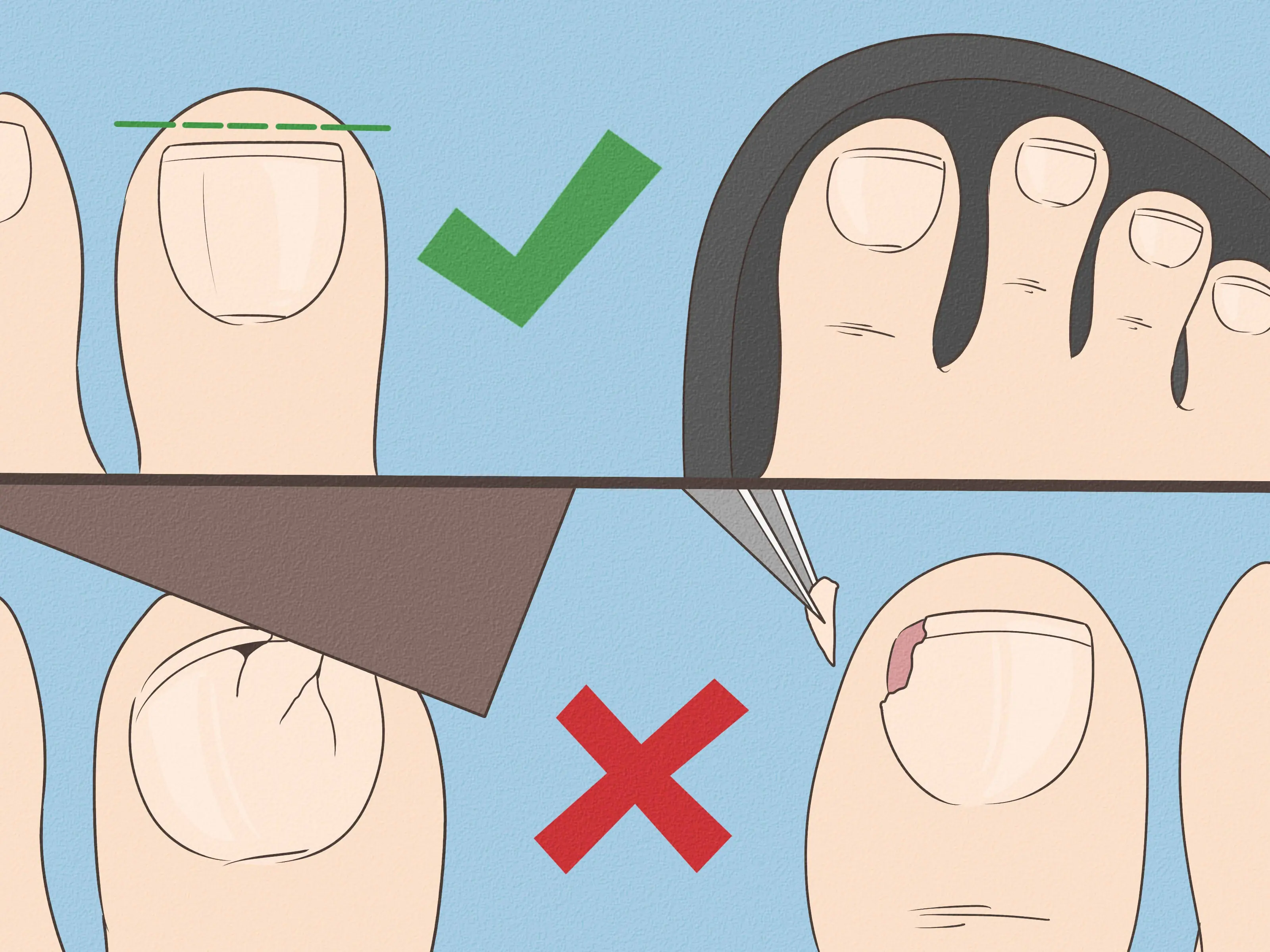
What it says about your relationship when your partner sleeps with their back to you

Research suggests that the way you sleep might reveal more about your relationship than you realize.
A good night’s sleep is essential to function well during the day. While your sleeping position may not always affect how rested you feel, it can reflect deeper emotional and psychological dynamics within your relationship. The way you and your partner share a bed could say more than words ever do.
According to experts, sharing a bed with a loved one offers a surprising number of benefits. Relationship psychologists agree that sleeping close to a partner can increase emotional bonding, lower stress levels, regulate body temperature, and even help reduce symptoms of insomnia. These physical and emotional comforts often go unnoticed but play a crucial role in maintaining intimacy and connection over time.
But what does it mean if your partner sleeps with their back turned to you? Is it a sign of emotional distance or growing apart?
Before jumping to conclusions, it’s important to understand what sleep specialists and psychologists have discovered.
Back-to-Back Doesn’t Mean Backed Off
In many cases, couples who sleep back-to-back—or when one partner turns away during sleep—are simply prioritizing comfort. Some people need more space, less body heat, or a specific posture to help them fall asleep and stay asleep throughout the night.
Sleep expert Dr. Rebecca Robbins explains that each person has an individual ideal sleeping position. “Turning away from your partner at night doesn’t automatically mean emotional detachment,” she says. “It could just be a subconscious attempt to get better quality sleep.” However, if a sudden change in sleep behavior occurs, it could potentially signal stress, conflict, or a subtle shift in emotional closeness that may be worth addressing.
Rather than being a red flag, the back-to-back sleep position can often reflect how a couple manages their daily challenges together. It may show that the individuals are confident enough in the relationship to prioritize their own comfort while still sharing the same space.
In fact, many couples who sleep this way report high levels of relationship satisfaction and long-term stability.
“Liberty” Sleeping Position: Closeness with Independence
Relationship psychologist Corinne Sweet says that the back-to-back sleeping position—sometimes referred to as the “Liberty” pose—suggests a healthy balance between connection and independence. “It shows couples are secure in themselves and in the relationship,” she notes. “There’s intimacy, but also personal space.”
According to a Huffington Post report, this position is actually the most popular among couples, with 28% adopting this sleeping style. It reflects the ability to coexist in harmony, even while asleep.
Other sleep positions, such as spooning or facing each other, may suggest heightened affection or a need for closeness, but they aren’t inherently “better.” Each couple has their own rhythm, and understanding that can lead to better communication and emotional well-being.
The Bottom Line
When your partner turns their back while sleeping, or you both lie back-to-back, don’t rush to assume something is wrong. It’s often just about comfort and personal sleep needs.
However, if you notice a sudden shift in sleep behavior—especially if accompanied by changes during waking hours—it may be worth having an open, honest conversation. Sleep habits can reflect emotional patterns, but they aren’t the only indicator of relationship health.
Ultimately, understanding your partner’s sleeping style—and your own—can be a valuable tool in building trust, communication, and emotional intimacy.
So next time you find yourselves lying back-to-back, take it as a sign of mutual respect and comfort, not distance. After all, love can be found not just in how we live together, but in how we sleep side by side—each in our own space, yet still connected.
News in the same category


A:dult star reveals the clause written into her contract that helps keep her safe

Bear Attack Survivor’s Haunting Farewell Note to Wife After Gathering Pieces of His Own Flesh

Ring Finger Longer Than An Index Finger

The Hidden Meaning Behind Thumb Rings for Women vs. Men

North Face Co-Founder Bought 2.2m Acres Just to Protect It

Family gives update on baby after brain dead woman was kept alive to give birth due to abortion law

The hidden meaning of thumb rings: what they represent for women vs. men

What it says about your relationship when your partner sleeps with their back to you

The World’s Strongest Animal Isn’t an Elephant or Bear

Gordon Ramsay issues health warning after undergoing cancer surgery

Delta Pilot Spends Year’s Salary to Fly 112 Friends to Hawaii for Epic Retirement Sendoff

Unbelievable footage shows moment Ukraine blows up two key Russian bridges using their own mines amid WW3 fears

Apple’s iPhone Users Are Justifiably Concerned By The New Meaning Of The Orange Dot On Their Screens

Saw This Trick For Oven Cleaning

Shipwreck survivor who watched her friend get 3at3n by a shark recall the horrifying moment it all went wrong

Bruce Willis’ wife gives heartbreaking update after explaining why they now live separately amid dementia diagnosis

Woman who ‘died for 17 minutes’ during gym session details exactly what she saw before being resuscitated

Trump pictured for the first time after bizarre rumors of his d3ath broke internet
News Post

What Is the Small Cap Inside Cooking Oil Bottles For? Simple But Extremely Useful

A Trick to Repel Rats Using Common Household Ingredients, Keeping Your Home Clean, Fresh, and Rat-Free

Place a Face Mask in the Refrigerator: A Small Trick with Unexpected Results

Put Ice Cubes in Your Clothes Dryer, and You’ll Be Surprised by the Results

Why You Should Put Coins in the Refrigerator?

Tips for Choosing Good Avocados: Don't Be Tempted by Large Ones, They Are 'A Waste of Money'.

Natural Home Remedies for Ingrown Toenails That Bring Quick Relief

This Is What Happens to Your Body When You Start Eating Raw Garlic

What Those Red Spots on Your Skin Are Warning You About and How to Remove Them Naturally

Small Morning Habits That Many Overlook but Boost Blood Flow and Energy

How to use Onion juice & Onion Hair Oil for Hair Growth – Onion Benefits for Hair

Woman Urged to See Doctor After Spotting Concerning Line

Homemade Okra Face Gel – Collagen Gel for Glowing Skin

Groups of People Who Need to Avoid Eating Bread

What those strange skin patterns might really mean

Should You Eat Rice for Breakfast

Preventing Stroke At Any Age: 3 “Don’ts” After Meals—And 4 “Don’ts” Before Bed

Why You Should Stop Using Petroleum Jelly On Your Skin (It’s a Byproduct of the Petroleum Manufacturing Process)
